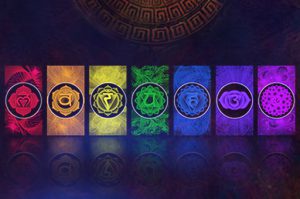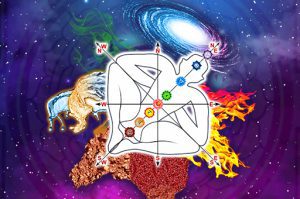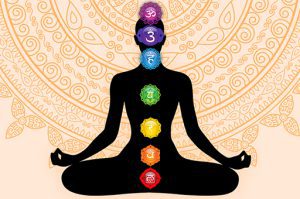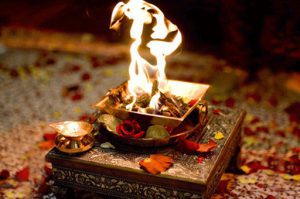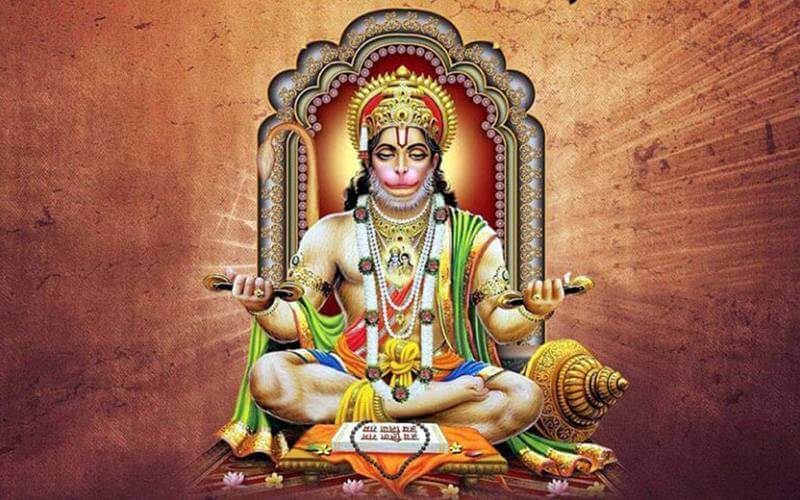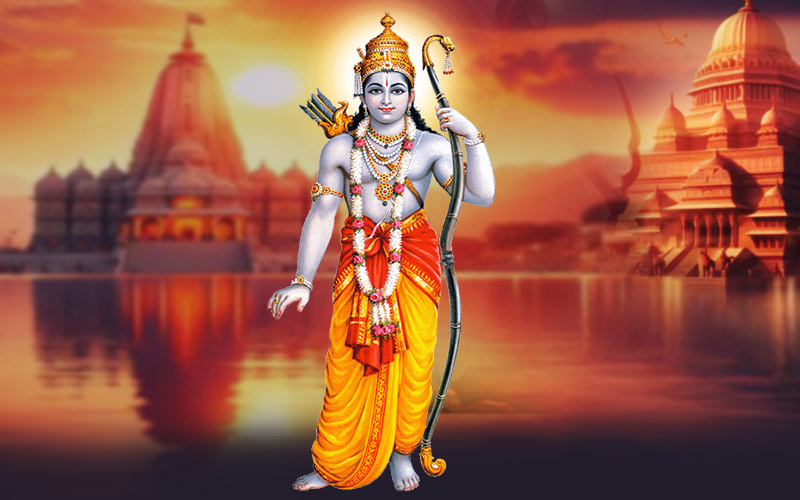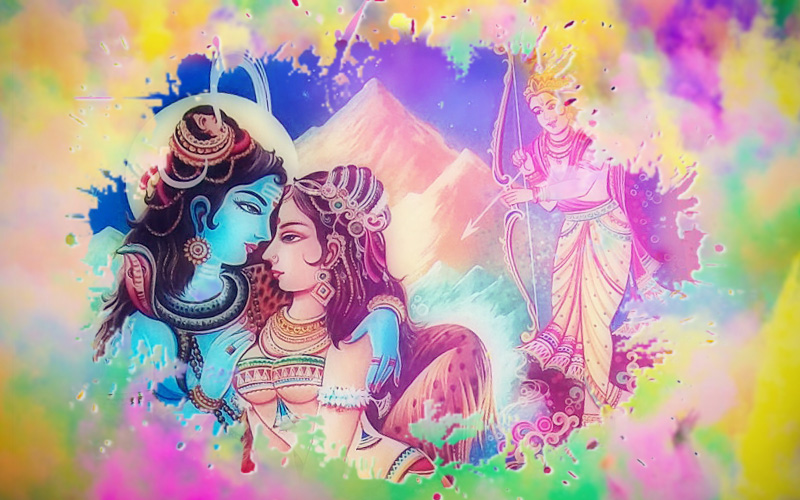
Did you know Holi is also dedicated to Kaam Deva, the god of love?
As we all know, Holi is the festival of colors, joy and harmony. But would you wonder knowing that Holi festival is also dedicated to the worship of Kaam Deva, the celestial god of love
The Sanskrit word ‘Kama’ means a desire, a sensual longing or lust. The word Kaam Deva occurs in the Rig Veda (9:113. 11) as well as in Bhagavata Purana (5:15:18), stating that Kaam Dev is also a name of Lord Vishnu (Krishna), Lord Shiva and Agni (the Fire god). All the qualities of these gods (Vishnu, Shiva, Brahma, Agni etc.) contain an element of Kama in one way or the other way. For a creation (moving and non-moving entities), the union between male and female is aroused by the energy of Kaam Deva.
In southern parts of India, Kaam Deva is honored on Holi which is also known as ‘Madana-Mahotsa’ or ‘Kama Mahotsava’. According to a legend, Lord Shiva after being dishonored by his father-in-law Daksha started doing meditation giving up all the family affairs. Saddened by the event, Shiva’s wife prayed to Kaam Deva to bring Him back. Kaam Deva shot an arrow of love at Lord Shiva who was disturbed. Enraged, Shiva burned Kaam Deva to ashes. Later, on the request of Kaam Deva’s wife Rati, Lord Shiva with his yogic powers brought him back to life.
It is believed that Lord Shiva burned Kaama Deva on the day of Holi. Symbolically, lusts, the incessant flow of desires and wishes must be checked or burned in order to purify our existence.
Kaam Deva is also regarded as the god of illusion. He induces stronger desires, urges and lusty feelings that bind us to the material world. Colors are compared to illusions and the colorless aspect is compared to a white Light (spirituality) being the purest, the absolute and the ever-existent.
We all are surrounded by colors that are the illusions keeping us attached to the world. It is said that life should be colorful, happening or eventful. In the views of spiritualists or the seers, all the jivas (living entities) are naturally joyful in their original state which is above the colors seen in the material world called Bhuloka (earth).
The word smara in the tenth book of Bhagavata Purana refers to Krishna, who through the medium of his flute ever increases his influence on the devoted gopis. This, according to Vaishnavas, is the meaning of the word smarodayam in Bhagavata Purana (SB 10. 21. 3) The different symptoms of smarodayam as experienced by the gopis has been described by the commentator Vishvanatha Cakravarti Thakur in the following way:[31] “First comes attraction expressed through the eyes, then intense attachment in the mind, then determination, loss of sleep, becoming emaciated, uninterested in external things, shamelessness, madness, becoming stunned and death. These are the ten stages of Cupid’s effects.”
The Ashoka tree is often planted near temples. The tree is said to be a symbol of love and is dedicated to Kamadeva.


